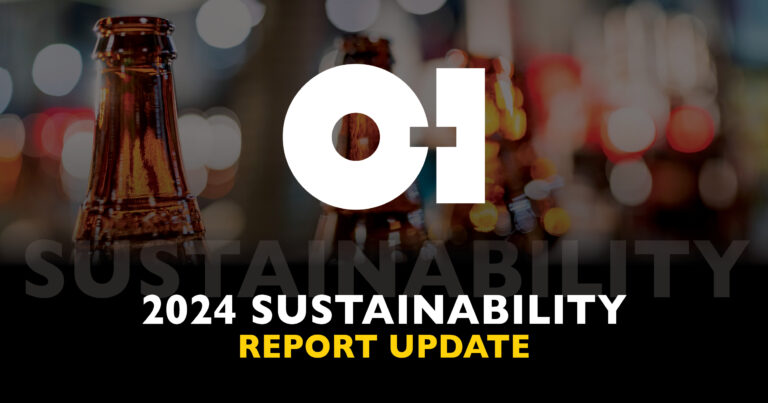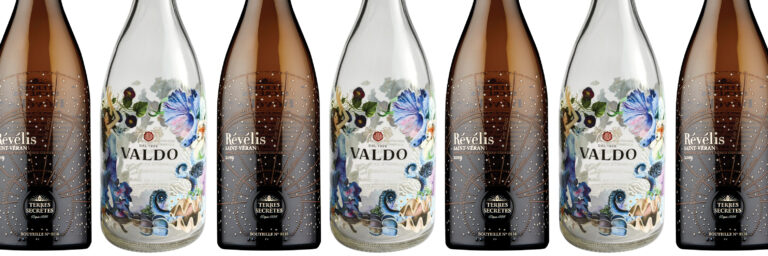Connecting emotionally with consumers is the only way to motivate a purchase. Emotions are the survival mechanisms through which decisions are taken. They determine what we feel and when we feel we become conscious.
The thinking operations of the brain are very slow and expensive — the brain consumes 25% of all calories absorbed in our body. Almost all the stimuli we receive from the environment are processed by the unconscious. Most decisions have already been made before they reach consciousness. Without emotions, there is no reason. People with impaired emotional systems in their brain are not able to make rational decisions as one would assume. It is never a question of reason or emotions. To think, the brain must first feel. Thus, emotion is the primary source of human motivation.
Shoppers do not have the time to think. Emotions help them make quick decisions by enhancing a brand’s value perception on the shelf. For marketers, this means that communication, packaging and other creative expressions must work at both rational and unconscious levels though emotions.
This is not as difficult and abstract as it sounds. As it was introduced in my ground-breaking book, “Living Brands: How Biology and Neuroscience Shape Consumer Behaviour and Brand Desirability,” emotions stem from 12 fundamental motives. When placed together, those 12 motives create THE WHEEL OF MOTIVES™, a key tool to show how biology and neuroscience shape consumer behaviour:
- Feel safe
- Seek
- Play
- Transform
- Defy
- Create
- Grow
- Control
- Connect
- Desire
- Care
- Balance
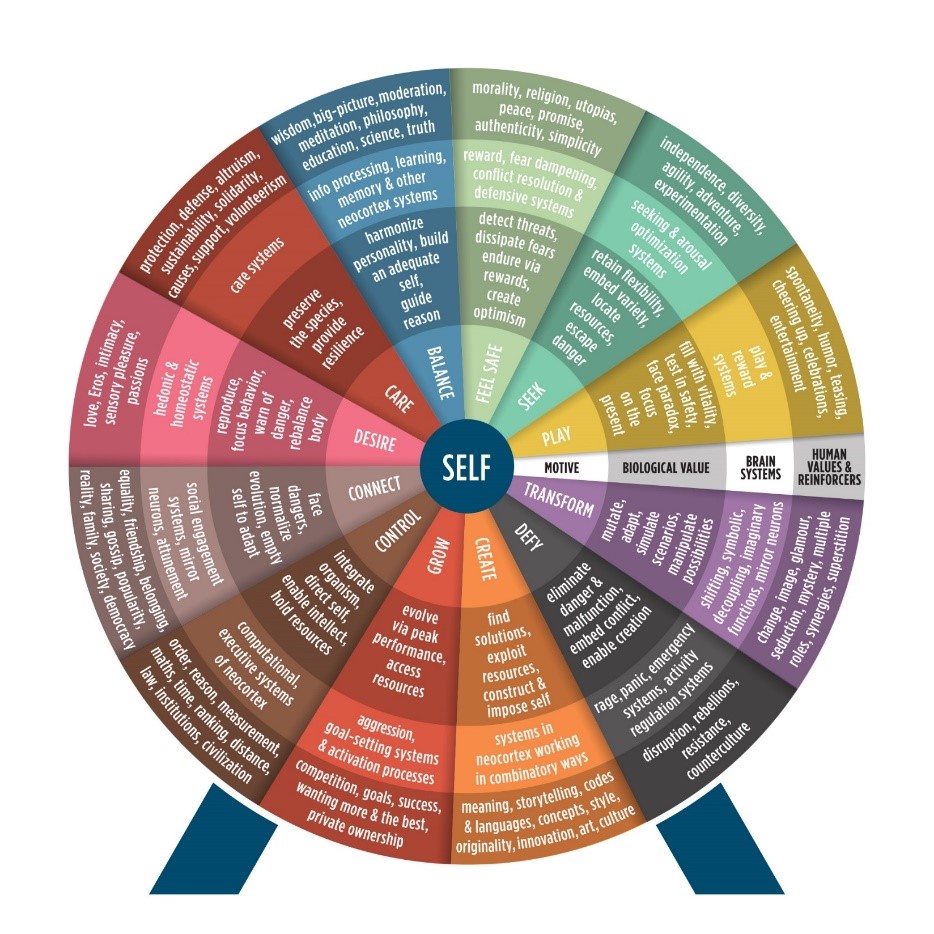
Brands that ground themselves in one primary motive consistently perform better in the market. Let’s discuss some of those instantly recognizable brands and the motive from the wheel above that tap directly into the human experience.
Applying THE WHEEL OF MOTIVES
Red Bull is a brand that connects with the “Seek” motive. Red Bull entices consumers who want “wings” to search the corners of the earth, hungry to meet the next challenge, whether that’s on a mountain bike, skydiving, or riding Mother Nature’s biggest waves on a surfboard.
Harley-Davidson connects with the motive to “Defy.” The brand name instantly conjures images of toughness and the idea of going against the grain, and freedom to do what you want and play by your rules.
LEGO speaks to the human need to “Create.” The colorful blocks unleash creativity. They allow people of all ages, from toddlers to elders, to build new worlds with their own two hands – to bring imaginative creations to life.
By letting neuroscience guide marketing, brands can translate the human brain into brand values and personality traits. Those values and personality traits then shape how the brand shows up at every touchpoint, including in its packaging design, which ultimately connects with consumers at point-of-sale and moment of consumption.
Packaging works mainly unconsciously to transform simple products into containers of meaning, investing them with personalities. Our feelings reflect our neural experience.
When you consider how packaging touches consumers unconsciously, you understand why packaging consideration must be brought into the process early, instead of as an afterthought. There are many materials and methods of packaging your product and each choice says something about your brand. But one thing is proven: Packaging can either authenticate your brand concept and therefore unconsciously attract the shopper’s brain – or it can create noise which will result in the brain de-selecting your product.
Ninety-five percent of our purchase decision-making takes place in the unconscious mind. Conscious comes late. The best packaging narrates a story to bypass the screening mechanisms of the brain. Not any story but the story of the brand. Packaging is a silent salesperson always accompanying the brand in physical or digital stores and it is present during the purchase decision, not before or after. We always want the salesperson to tell us the truth.
